A Comprehensive Guide To Roofing Materials
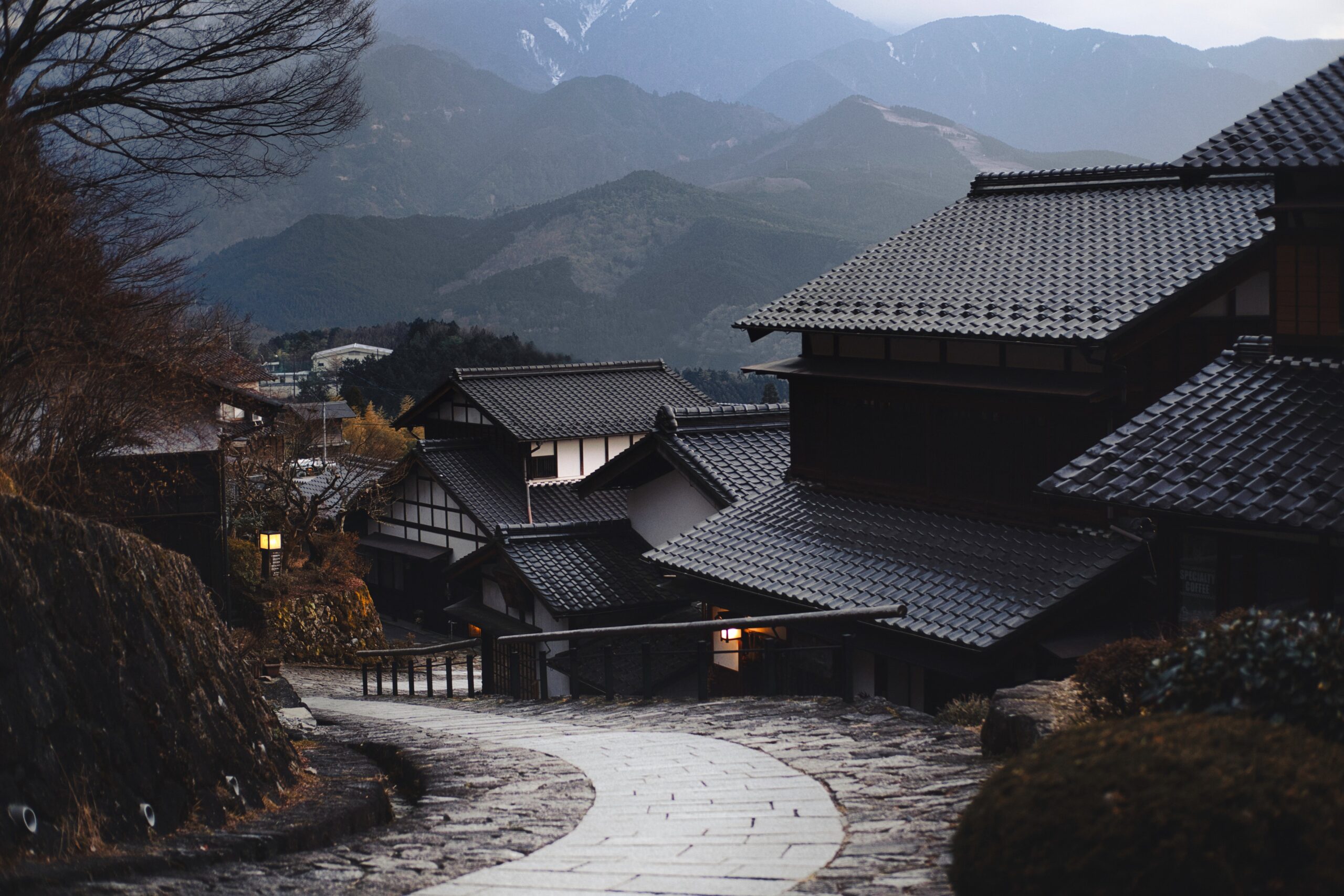
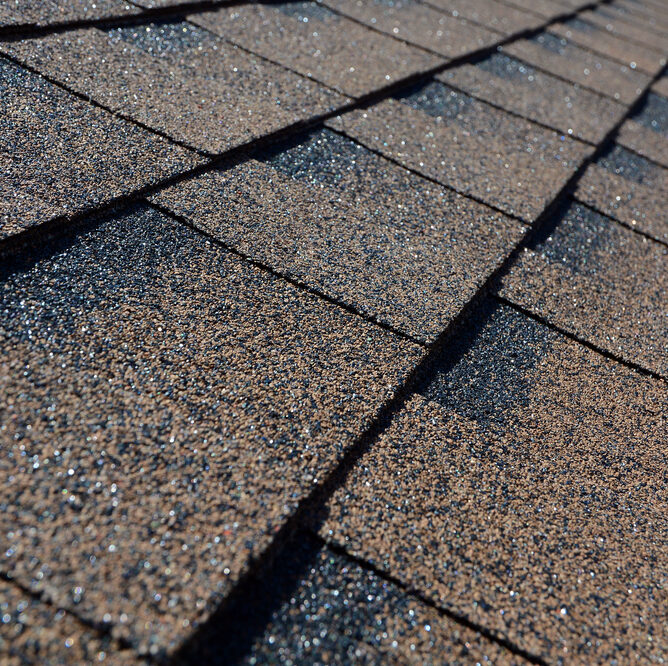
Asphalt Shingles: Asphalt shingles, a stalwart in the roofing industry, continue to be a popular and versatile choice for homeowners. Comprising a fiberglass mat coated with asphalt and mineral granules, these shingles strike a balance between affordability and functionality. They are lightweight and easy to install, making them a cost-effective option for various architectural styles. There are three primary types: three-tab shingles, known for their simplicity and uniform appearance; architectural shingles, offering a dimensional and textured look; and luxury shingles, providing enhanced durability and a more sophisticated aesthetic. While asphalt shingles are known for their accessibility and ease of installation, their lifespan typically ranges from 15 to 30 years, making them a practical choice for those seeking a reliable and budget-friendly roofing solution. The range of colors and styles available allows homeowners to customize their roofs, ensuring that asphalt shingles remain a go-to option for those looking for a balance of cost-effectiveness and visual appeal in roofing materials.
Metal Roofing: Metal roofing stands as a resilient and modern solution, offering durability, longevity, and aesthetic versatility. Crafted from materials such as steel, aluminum, or copper, metal roofs provide a robust defense against the elements, resisting fire, rot, and insect damage. One of their standout features is their exceptional lifespan, often surpassing 40 years. The reflective nature of metal contributes to energy efficiency, as it minimizes heat absorption. Standing seam and corrugated metal are popular styles, providing a sleek and contemporary appearance. The lightweight nature of metal roofing simplifies installation and allows for a variety of architectural designs. Its ability to withstand severe weather conditions, including heavy snowfall and hail, positions metal roofing as a practical choice for regions with diverse climates. Beyond its functional advantages, metal roofing’s wide range of colors and finishes enables homeowners to achieve a modern and sophisticated aesthetic, making it an increasingly popular choice in the realm of roofing materials.
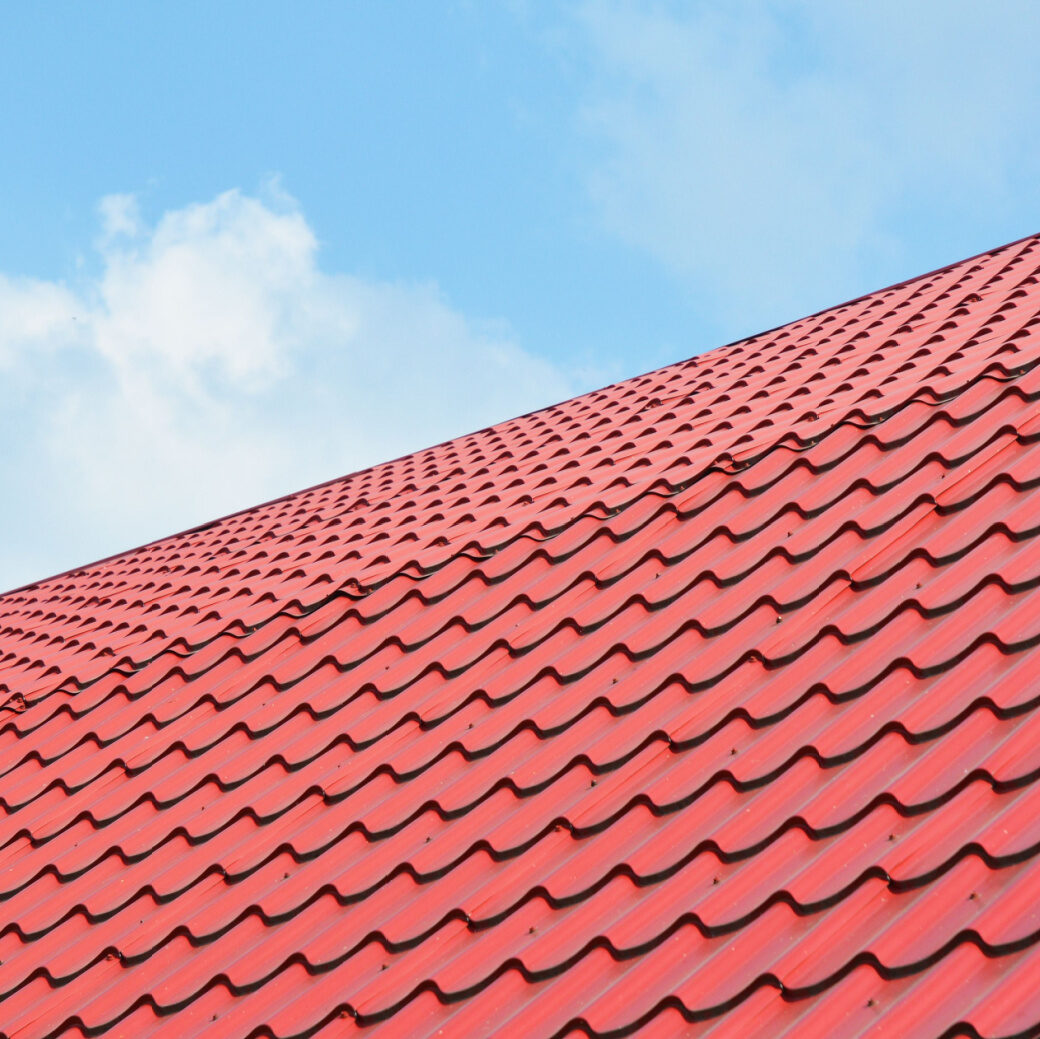
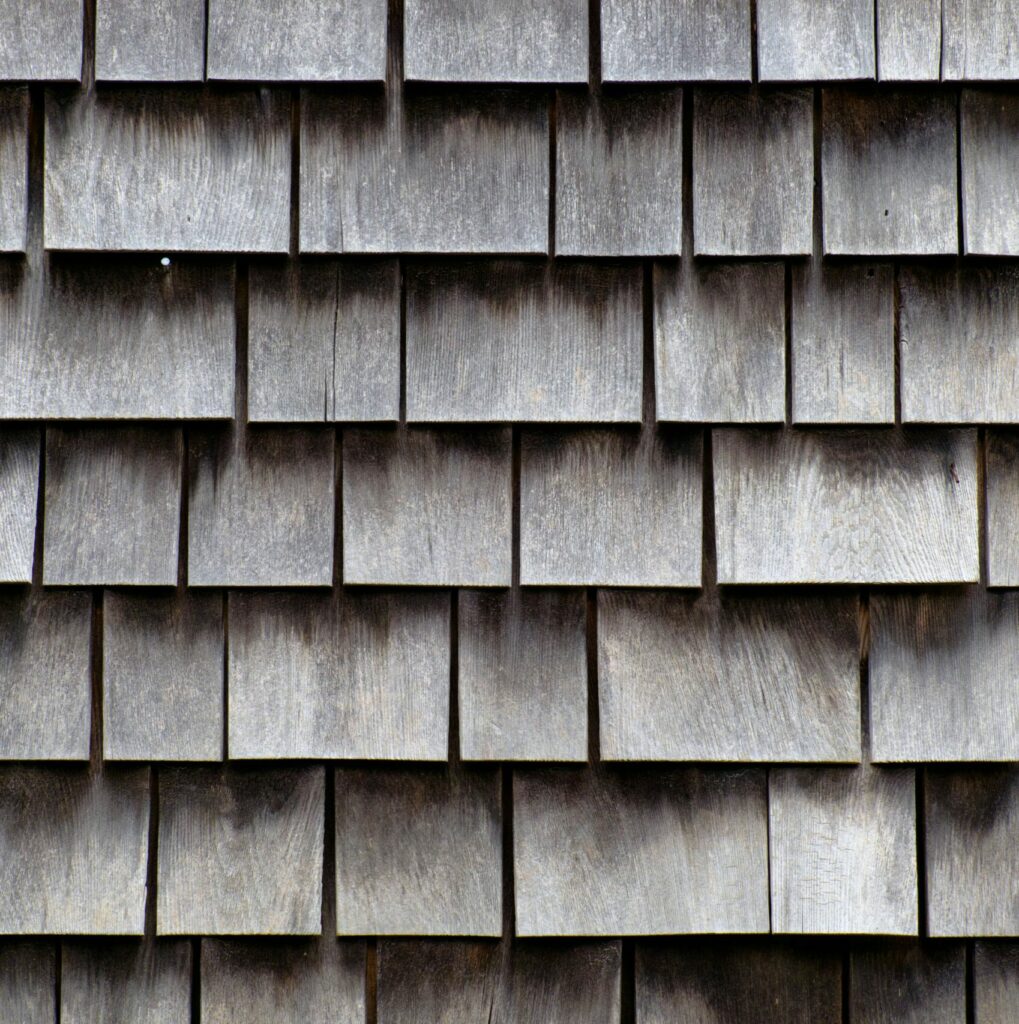
Wood Shakes and Shingles: Wood shakes and shingles stand out as a timeless and natural roofing option, adding a warm and rustic charm to homes. Crafted from materials like cedar, redwood, or pine, these wooden roofing elements create a distinctive and textured appearance. Wood shakes, typically hand-split, boast a thicker profile, providing a more rugged and authentic look, while shingles, machine-cut for a smoother finish, offer a more uniform appearance. The aging process of wood adds character to the roof, with colors gradually shifting to a silver-gray patina over time. While wood roofing requires regular maintenance, including treatments to prevent moss and rot, homeowners often find the effort worthwhile for the unique aesthetics it brings to a home. Beyond their visual appeal, wood shakes and shingles offer natural insulation, contributing to energy efficiency. Despite being vulnerable to fire, advancements in fire-resistant treatments have made them a safer option. The enduring popularity of wood roofing lies in its ability to harmonize with various architectural styles, providing a classic and inviting touch to homes that endure the test of time.
Slate Roofing: Slate roofing epitomizes timeless elegance and durability, making it a premier choice for homeowners seeking a high-end and enduring roofing solution. Composed of natural stone tiles extracted from quarries, slate roofs boast a distinctive, sophisticated appearance that enhances the overall aesthetic of a home. Renowned for their longevity, slate roofs can surpass a century in service, standing as a testament to their resilience against the elements. Their fire resistance adds an extra layer of safety to homes. While the weight of slate requires sturdy structural support, the installation process is labor-intensive, involving meticulous craftsmanship. The appeal of slate lies not only in its durability but also in its diverse range of colors, textures, and sizes, allowing for a customized and refined roofing aesthetic. Despite being a premium choice, the investment in a slate roof is often seen as a timeless contribution to a home’s architectural character, providing an enduring and upscale solution for those who appreciate both longevity and aesthetics.
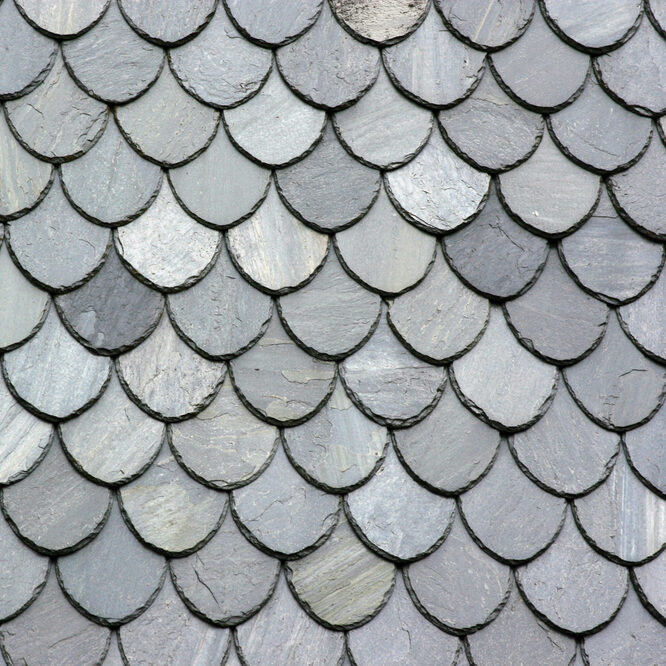
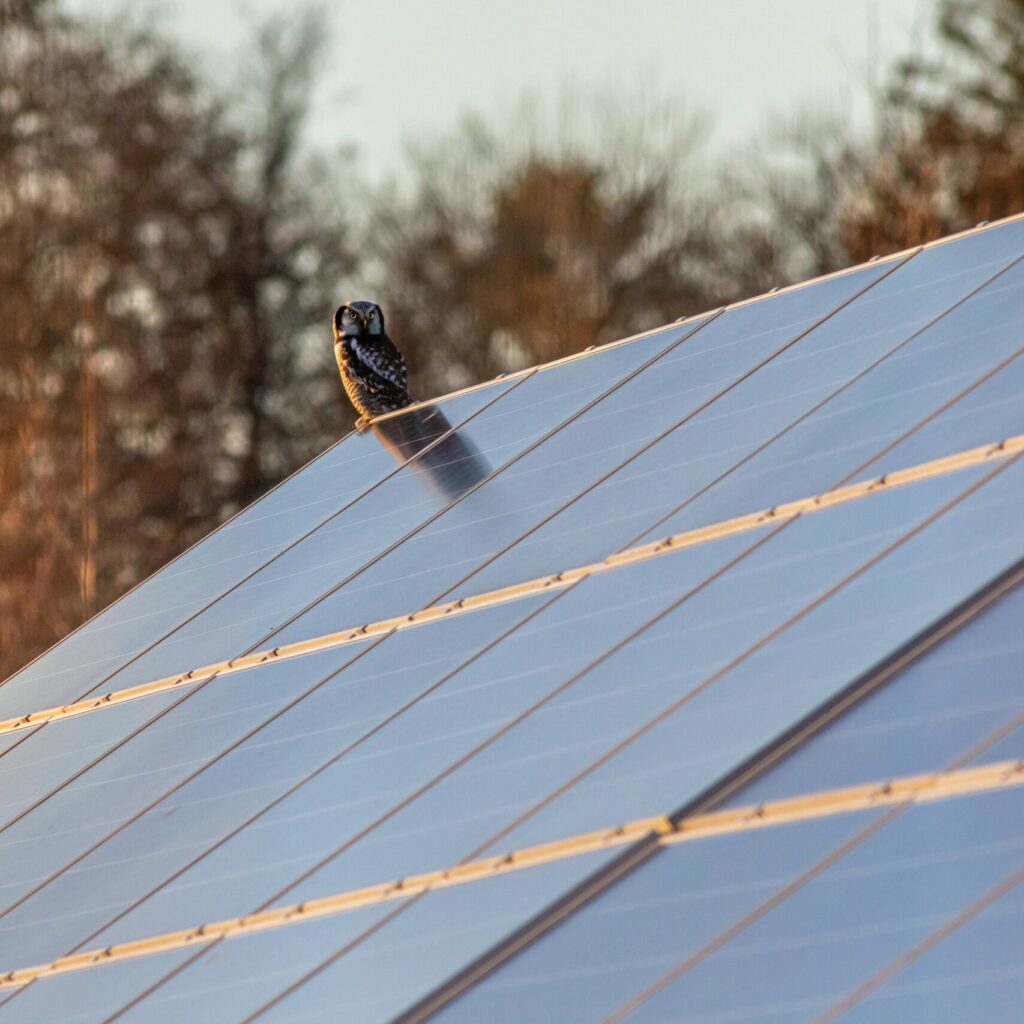
Solar Roofing: Solar roofing represents a groundbreaking marriage of sustainability and innovation, transforming rooftops into active contributors to clean energy production. Whether in the form of solar panels or solar shingles, this technology seamlessly integrates with the overall roof structure, harnessing sunlight to generate electricity. Solar roofing addresses the growing demand for renewable energy solutions, allowing homeowners to reduce their carbon footprint while benefiting from long-term energy savings. While the initial investment can be higher, the environmental and financial advantages make it an increasingly attractive option. Solar roofing not only provides a sustainable energy source but also aligns with the modern aesthetic preferences, as it maintains the architectural integrity of the home. With advancements in efficiency and design, solar roofing is evolving from a niche technology to a mainstream choice, marking a significant step toward a more sustainable and energy-independent future for residential properties. Overall, solar panels come in various styles and configurations, offering a versatile and sustainable solution for harnessing energy from the sun.
